Lockwood Pride
by BONZO, HSM team writer
Now that lions ceased to be a limited edition item, and we have seen a white version and the darker version a lot of talk has gone on about that particular companion. While these two are essentially the same, there is quite a difference with a few tonal changes in shading.
Kiburi (Swahili for “proud”) the white lion made it to the top ten selling items for June. It has been sometime since a companion made it on that list, it is the first time this year we have seen one in the top ten selling items for a month. It comes as little surprise, it is a very cool looking lion. It is a sizable companion, and it was also a limited edition item, available for only a few weeks. This may have sparked a lot of people to buy it, as a means to have an exclusive item that wouldn’t be available again once it left the market. If you missed your chance to get it, or you weren’t particularly excited about the white lion, now you can get Maliki the darker and more traditionally colored version in a three pack bundle, which generously donated twenty five percent of the proceeds to REACT until the fifth of September.
Despite this companion hitting high enough sales to make it to the top ten, it wasn’t quite a hit with everyone. There were people that were put off by its texture color and the style of the mane. A lion’s mane is really what sets it apart from all the big cats of the wild, it’s the source of its regal allure.
It is very difficult to translate fur or hair in computer game graphics. I know we would all love to see fur shaders but they are too intensive for the rendering engines in current generations to handle. Most game hair is based on flat triangles often referred to as polygons that are shaded in a way that layers a color texture, an alpha-map for the transparency, and a bump or normal map to make it look like there are individual follicles. Even this is a difficult thing to do with Home based content because of those pesky memory restrictions. There are limits in Home, and what it can do. If you increase the polygon count for a companion, you risk taxing the systems rendering engine and it will experience extensive lag, if it doesn’t completely crash on you.
Polygon models for game characters used to be measured in the hundreds of polygons, for PlayStation 2 the count was increased to the thousands, current generation game characters are measured in the tens of thousands. There is no set rule on an exact count, the standard practice is a memory allotment and polygon count is then budgeted based on the memory and processing restrictions. So there are variations, and just because you have a budget of say ten thousand polygons doesn’t mean you have to use them all up. Some characters use fewer, and different conditions are considered. For example, Diablo III has a fixed camera perspective, so why spend twenty thousand polygons on a character model if the user will never see the character up close to tell the difference, when a smaller polygon count will do.
Pixar movies and similar studios that produce those awe-inspiring, beautiful graphics with flowing hair use a completely different method that is not interchangeable with game production. In Brave, the hair effects required their very own software to program the flows and realistic bounce. In CG movies, the polygon models are dramatically richer, and the technique for hair and fur is based on a completely different method of rendering. Movies are a series of pre-rendered images compiled to compose an entire video sequence, often in different layers or passes that are assembled into a final complete image. This production method has the luxury of time, and a single perspective and purpose. Games are far more complicated as they have to render all the elements every second as the user continuously changes the angle of the camera, and the user input requirements change on the whim of the player.
The main complaint of Kiburi was it’s comparison to a statue. The pale light gray texture, and solid looking mane gave the appearance of a sculpture. I can understand that comparison, but Lockwood did a great job with the lion, considering the limitations they have to work with. while it would be cool to have a long flowing mane, a particle fur shader isn’t possible in real time in Home, and the polygon limit wouldn’t allow for shell texturing, or polygon strip textures for such a high volume of hair. You would easily exhaust the polygon budget trying to represent that much hair texture.
The hair translates slightly better with the darker texture of Maliki, even though the mane still remains a solid lump over the neck and shoulders. It is more evident when the lion roars. The movement stretches the polygons and elongates the texture temporarily giving it a rubbery appearance. Considering the statuesque appearance of Kiburi, it would have been cool to see Lockwood run with it, and take a literal approach. Perhaps paint solid curls in the texture to make it more evident as an animated statue.
While the white lion looked good, and maybe it did look like a statue; you have an alternative in a darker color lion which looks a little more realistic. Hair is composed of thousands of follicles, if not millions. and it remains one of the toughest textures to translate into a game where the rendering expectations are in real time. So the mane doesn’t look fluffy, it doesn’t flow and sway, maybe it is solid but there is no doubt that is a very cool lion befitting of a mascot for one of our favorite developers.


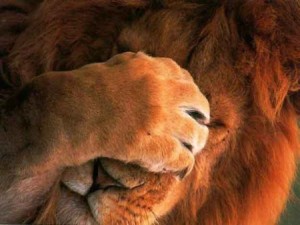
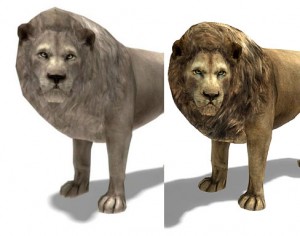
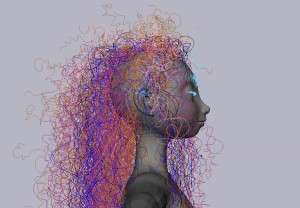
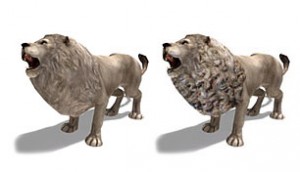
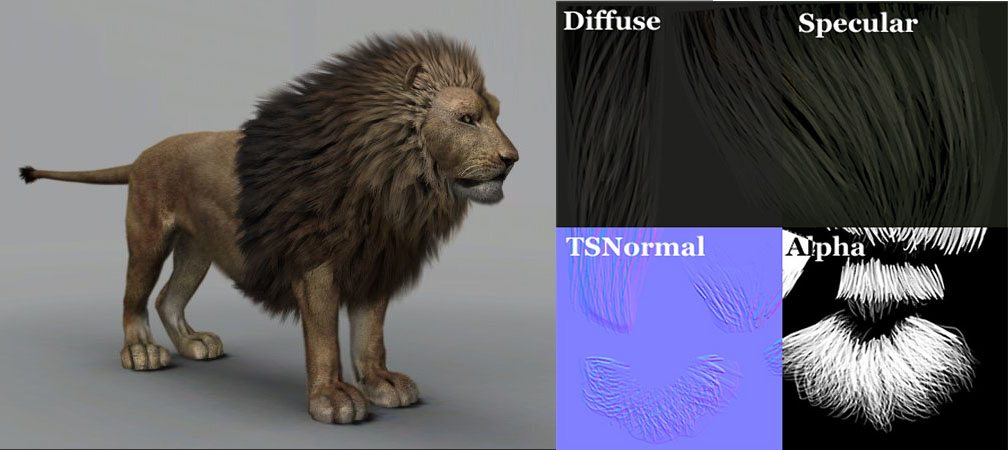
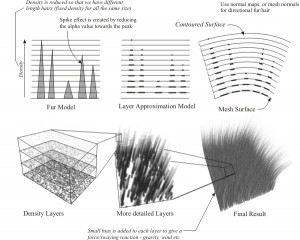
 Twitter
Twitter
Very interesting Bonzo, now I understand better why they can’t make our hair more realistic in Home. Some styles are better than others, but some look like they painted plastic on your head. Thanks for the info.